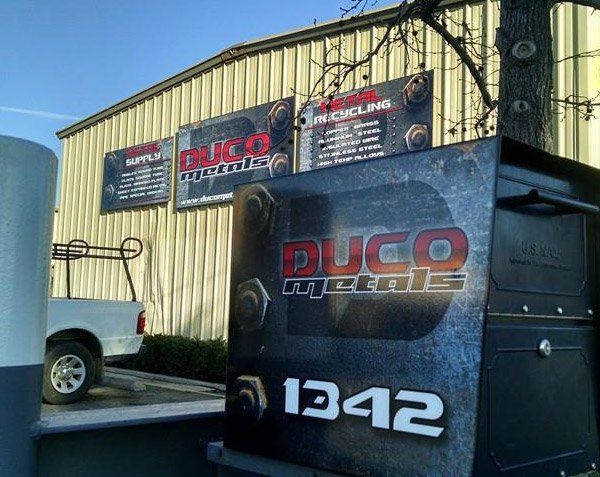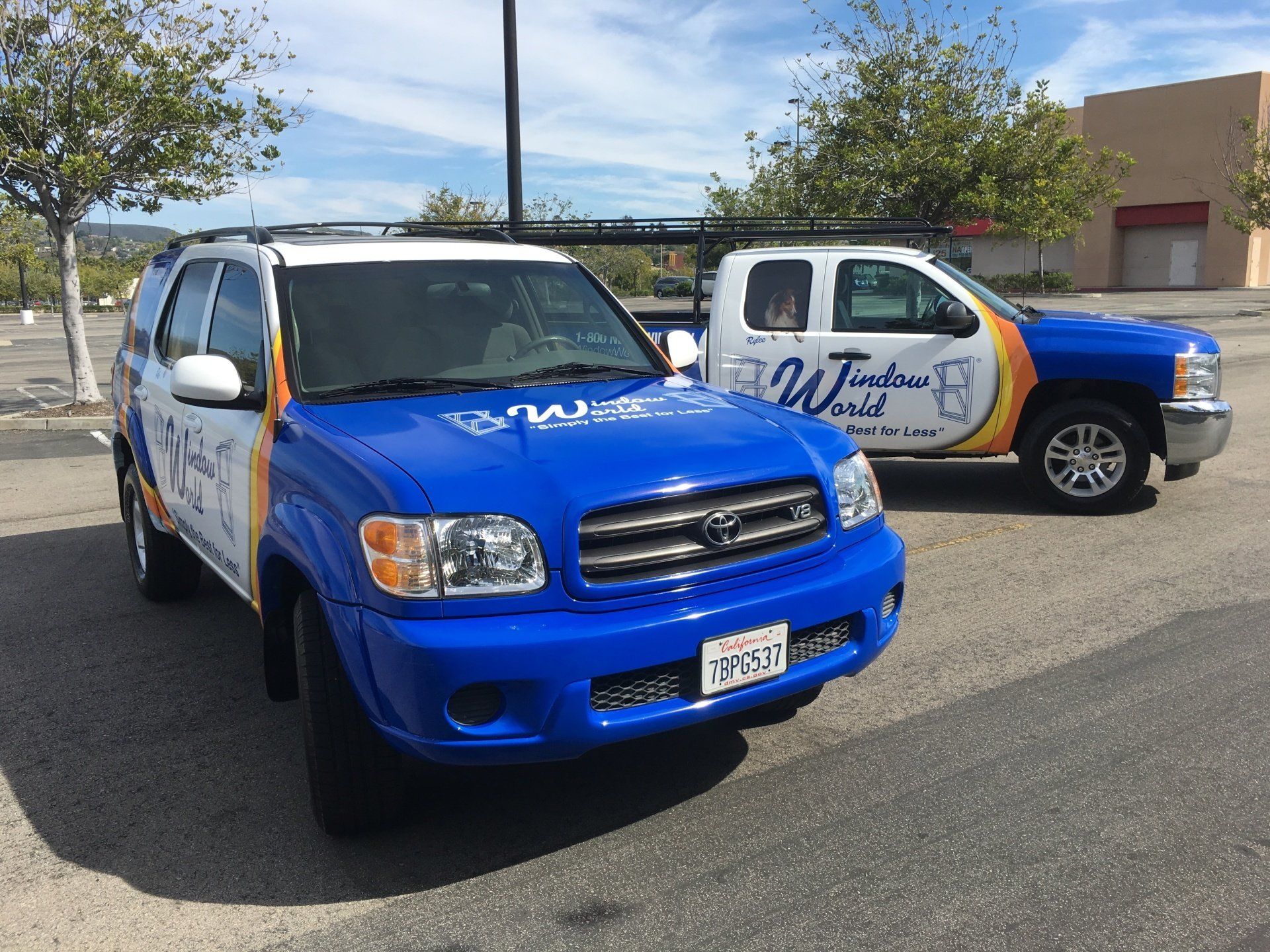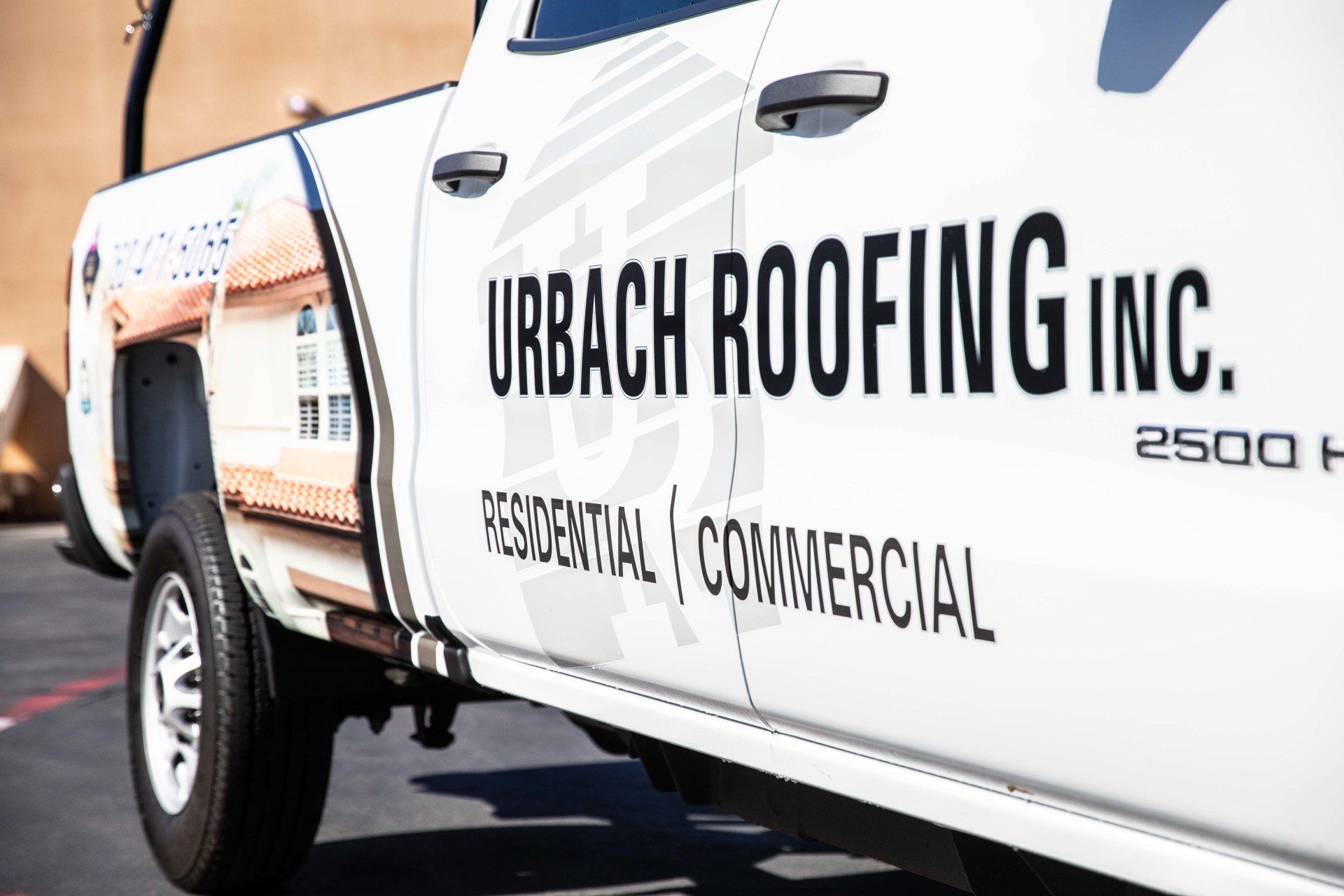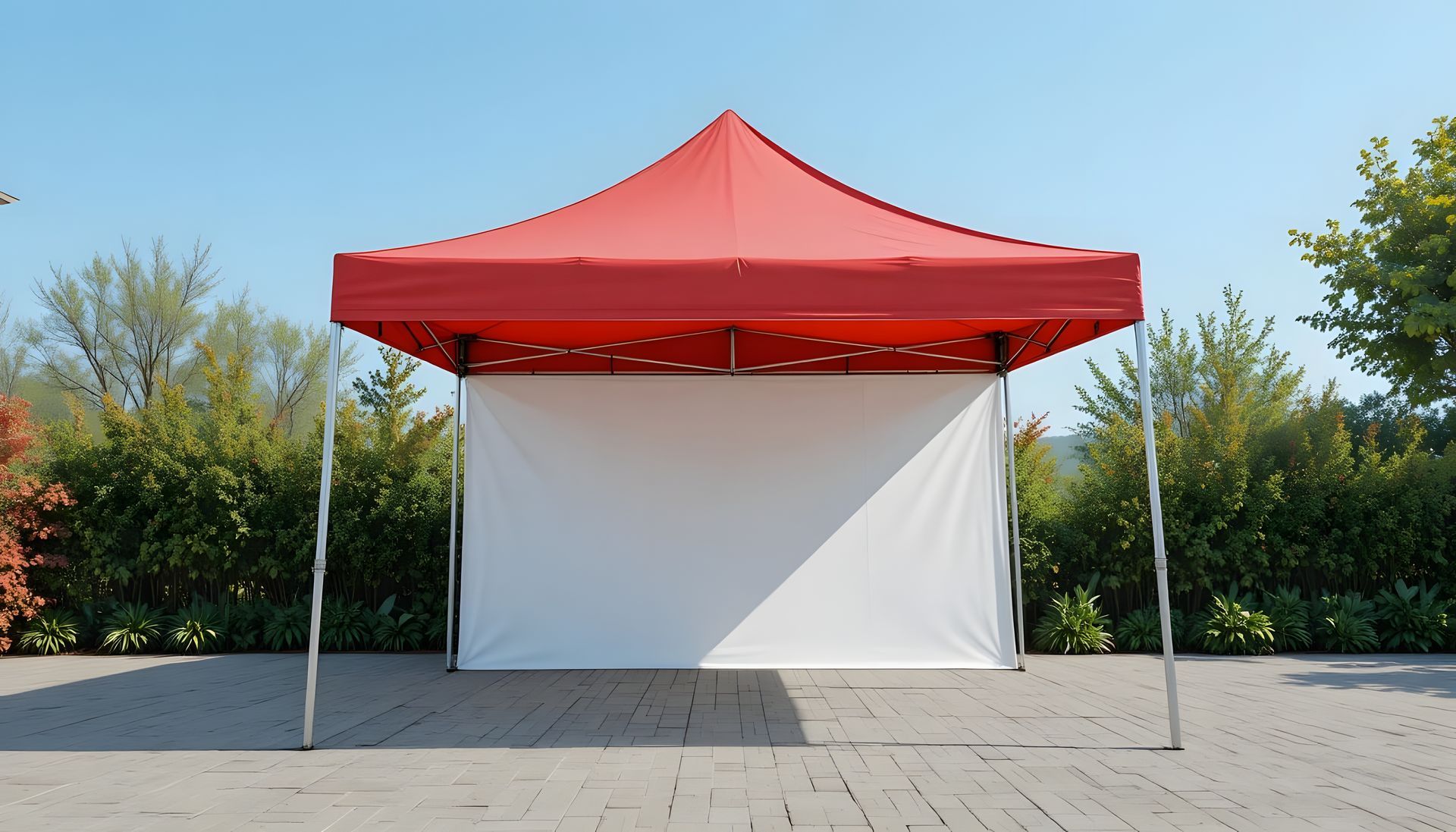WE ARE YOUR SECOND GENERATION EXPERTS in CUSTOM SIGN ART, VEHICLE WRAPS, & LARGE FORMAT PRINTING In North COunty San Diego
we work nationwide!
We ship wraps across the country and will work with your local installers.
over 40 years of iN-HOUSE
design, Print, & Install Services
Since 1979 SignArt has been a trusted name in the business sign and print industry in Vista, CA, and has stayed actively involved in progressing with the times. What started our as hand painted signs and designs on race vehicles, has transformed into a second generation multi-format printing and sign shop.
Owner Natalie Crow has been actively involved with SignArt since the day she could hold a paint brush in her hand. After growing up in the shop, Natalie helped bring SignArt into a new age of printing technology and possibilities. Natalie and her team of design and install superstars are here to help you with any and all of your print needs.














